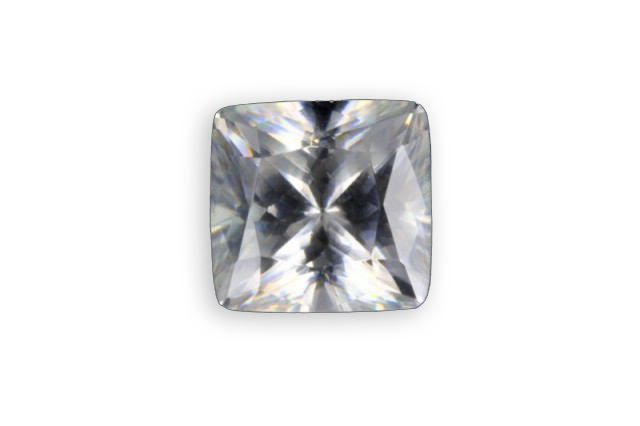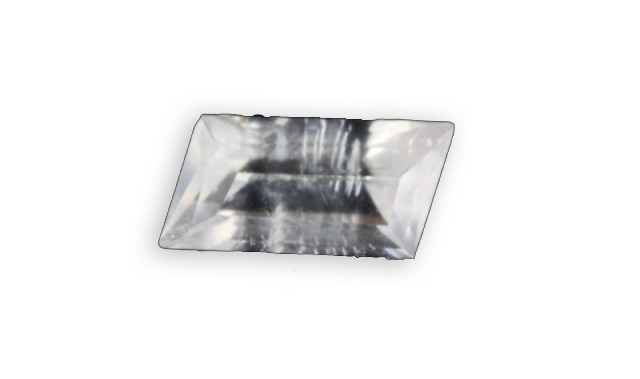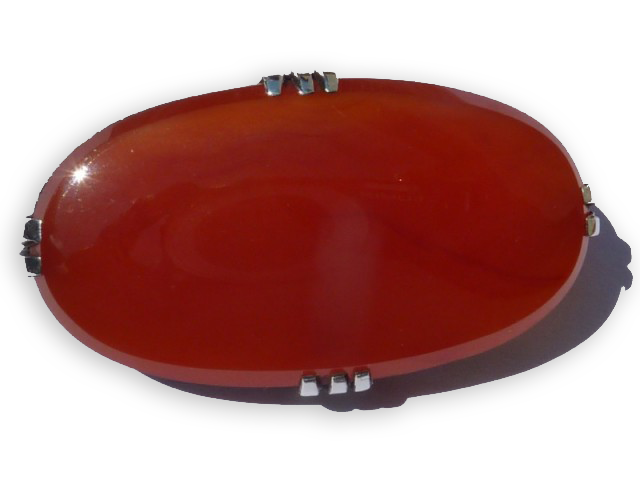
yellow
Je vous emmène à travers mes vidéos découvrir mon expérience acquise depuis plus de 30 ans a silloner le globe entier à la recherche de pierres précieuses, de rencontre mémorables mais aussi de difficulté parfois …
actualités
Categories



catapleiite
Discovered in 1850 in Norway, its name comes from the Greek “kata” and “pleios” which means “with many” in analogy with the fact that it is always associated with other minerals.

cassiterite
Its name comes from the Greek “kassiterôs”, tin, or the name of the islands “Cassiterides” that produced this tin ore in antiquity, very likely islands very close to present-day Spain that would have given their name to this tin mineral, cassiterite. It is the principal

calcite
It is known since antiquity, its name comes from the Greek “khalx” for lime. Identified and analyzed from the seventeenth century and then by Rene-Just Haüy to its easy cleavage. Called Iceland spar, the crystals exhibit the phenomenon of double images: a feature seen through

chalcedony
Chalcedony: This is a term including microcristallines and cryptocrystalline varieties of quartz, which come from the Greek name of the famous city of Carthage “Karkêdon”. Extracted in Egypt and Syria, it has been used since ancient times for intaglios and cameos, an active trade with



